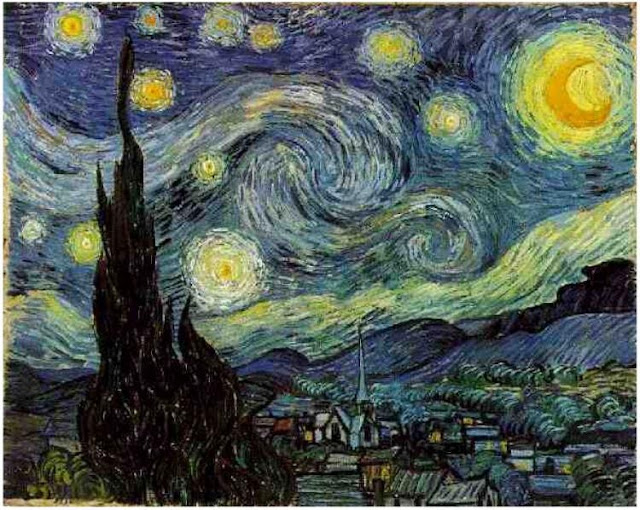The Tale of Despereaux: Being the story of a mouse, a princess, some soup, and a spool of thread
Written by Kate DiCamillo
Ages: 8-12
"Stories are light. Light is precious in a world so dark. Begin at the beginning. Tell [me] a story. Make some light."
This is a charming story about a small mouse with big floppy ears who just doesn't seem to fit in with his family or the whole mouse community, for that matter. He is not interested in scrounging for every last crumb or in quietly scurrying around the castle in which he lives. Despereaux likes to spend his time reading stories about a beautiful princess, listening to music, and talking with humans! His tale is one that will cause him to meet an interesting cast of characters and force him to be braver than he ever thought possible in order to save someone he loves.
DiCamillo is a wonderful author and she did not disappoint with this delightful novel, which won the Newbery Medal in 2004. It is beautifully written, engaging, and finishes with a happy ending. Though it is written for children, it does not feel childish. The characters are interesting and complex, each struggling with his or her own wishes and reality. One of my favorite things about the story, however, is the lesson it teaches about the importance of our choices. Using symbols of light and darkness, the characters reveal how their choices, not their circumstances, define who they are. The best stories have good lessons and make you feel good, too. Despereaux is the hero of such a story.
Here are a few ideas on how you could use this novel in your classroom or home.
Read Aloud: This would be an excellent book to read aloud to a class. It is very engaging, has fun characters, and would be great to discuss with a class. The best part? It is filled with lots of short chapters! Short chapters make it easy to stay within your allotted time for read aloud or great for filling just a few minutes when transitioning to a new activity. Seriously, students will love this book.
Small group (or book clubs): Students would enjoy using this book in a small group as well. It provides great support to its readers, helping them identify important vocabulary that may be new and even posing a few questions to think about. After using the word, the author asks us, "Reader, do you know what 'perfidy' means? I have a feeling you do, based on the little scene that has just unfolded here. But you should look up the word in your dictionary, just to be sure." She similarly defines or talks about vocabulary in several other places (though it is not so much that it is tiring). There are plenty of opportunities for students to visualize, make connections, ask questions, and discuss important ideas. It is a story that is easy to understand but provides a lot of depth that students can enjoy.
Choice and Accountability: This is a great story for facilitating a discussion with students about the power of their choices. The two main characters, Despereaux and Chiaroscuro, are born into families in which they just don't feel like they fit in. Both are drawn to light but find themselves rejected and left to darkness where they must choose how they will react. One reacts with bravery, choosing to define himself through love. The other chooses revenge. Children can compare and contrast these characters to see how their choices affected them and those around them. We, too, face difficult and sometimes heart-breaking situations, but we still get to choose how we react and how we define ourselves.
Voice (writing): One of the most charming elements of this book is the author's voice. When I taught in Utah, I know my 5th graders were heavily exposed to the six traits of writing. Voice is the trait that shows the personality of the writer, making it feel like there is someone talking to you. This is a great novel for showing an example of strong voice. The author actually DOES talk to you. On page 111 she tells us, "Reader, in the spirit of honesty, I must utter a difficult and unsavory truth: Rats are not beautiful creatures. They are not even cute. They are, really, rather nasty beasts." DiCamillo feels like your friend and your guide, navigating you through the story. It really feels like she is sharing this story with you. Voice, of course, does not have to be so explicit, but hers is a fun one to help introduce the concept.
Writing: DiCamillo has shared the story behind her story of Despereaux (I found it in the description of the author in the back of the novel). Her son's best friend asked her to write a story about an unlikely hero, one with exceptionally large ears. This is the tale she created about that unlikely hero. I love the idea of an unlikely hero. Not a Superman or a James Bond. A simple, relatable character who finds out how to be a hero. In a fun lesson about characters, students could create their own unlikely hero. They would have to describe the character's appearance (and draw a picture, of course), his or her attributes, strengths, weaknesses, desires, and come up with a name. They would then need to write a short explanation of what makes their character a hero. This could be turned into a longer project where students create a setting, problem, events, and resolution for their character as well. I'm sure they'll all be excited to create a life for their hero.

This one will not disappoint! I wholeheartedly recommend reading about Despereaux with your class or family.





















































